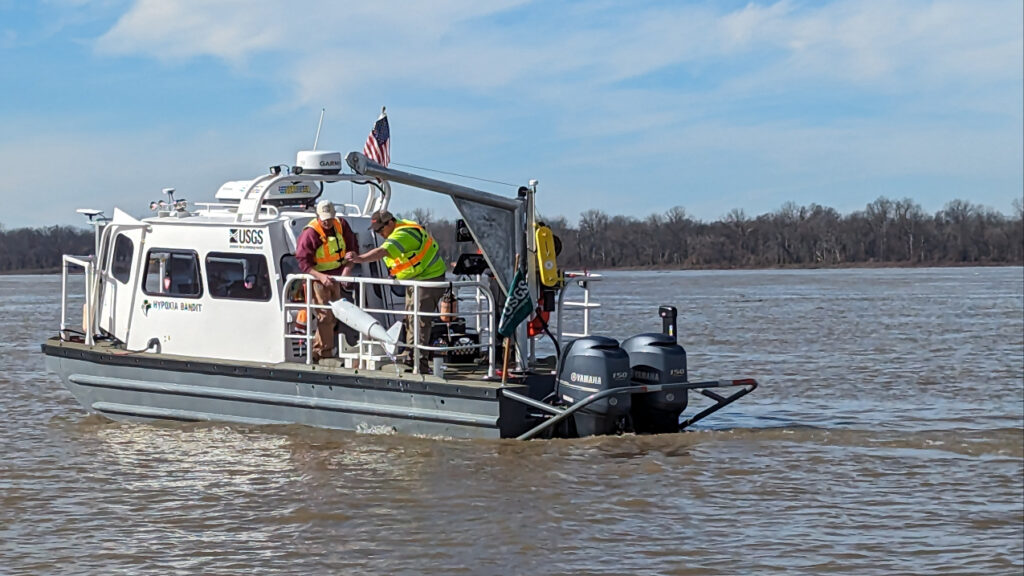NOAA forecasts above-average summer ‘dead zone’ in Gulf of Mexico
Posted
Last Updated
By noaa.gov.
Low oxygen conditions expected to impact 5,827 square-mile area.
NOAA is forecasting an above-average summer “dead zone” in the Gulf of Mexico covering approximately 5,827 square miles — an area roughly the size of Connecticut. The dead zone, or hypoxic area, is an area of low oxygen that can kill fish and other marine life. It occurs every summer and is primarily a result of excess nutrient pollution from human activities in cities and farm areas throughout the Mississippi-Atchafalaya watershed. The average dead zone measurement is 5,205 square miles over the 37-year period of record.
The U.S. Geological Survey (USGS) provides Mississippi and Atchafalaya river discharge and nutrient loading data for the month of May, which are key factors used by NOAA forecast models to estimate the size of the Gulf’s dead zone during the summer. In May 2024, discharge in the Mississippi and Atchafalaya rivers was about 5% above the long-term average between 1980 and 2023, and the nitrate and phosphorus loads were about 7% below and 22% above the long-term averages, respectively.
“Reducing the impact of hypoxic events and lessening the occurrence and intensity of future dead zones continues to be a NOAA priority,” said National Ocean Service Assistant Administrator Nicole LeBoeuf. “These forecasts are designed to provide crucial data to scientists, coastal managers and communities, and are used as guideposts in the development of planning actions.”
When excess nutrients reach the Gulf of Mexico via the Mississippi-Atchafalaya River Basin, they stimulate an overgrowth of algae. When these algae die and decompose, they deplete oxygen in the water as they sink to the bottom. The resulting low oxygen levels cause motile animals, like fish and shrimp, to leave the area. Exposure to hypoxic waters has been found to alter fish diets, growth rates, reproductionoffsite link, habitat use and the availability of commercially harvested species like offsite linkshrimp.
read more at noaa.gov.
